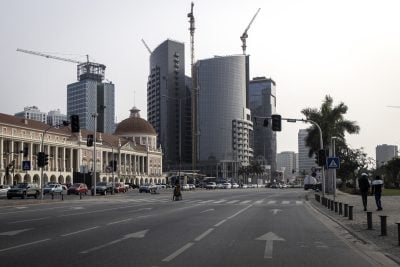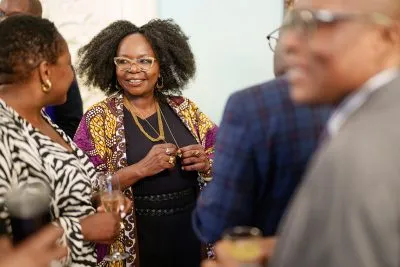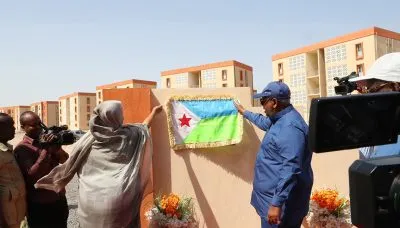The long walk
Nelson Mandela’s long walk began in Mvezo Village on 18 July 1918, then a part of South Africa’s Cape Province. Given the forename Rolihlahla, a Xhosa term colloquially meaning “troublemaker”, in later years he became known by his clan name, Madiba, a member of the Thembu royal family which ruled the Transkei region. His father, Gadla Henry Mphakanyiswa, was a local chief and councillor to the monarch. Nelson’s mother was Gadla’s third wife, Nosekeni Fanny.
He recalled in 1994: “No one in my family had ever attended school. On the first day of school my teacher, Miss Mdingane, gave each of us an English name. This was the custom among Africans in those days and was undoubtedly due to the British bias of our education. That day, Miss Mdingane told me that my new name was Nelson. Why this particular name I have no idea.”
In his hometown of Qunu, his mother, a devout Christian, sent him to a local Methodist school when he was seven. She then took Mandela to the “Great Place” palace at Mqhekezweni, where he was entrusted under the guardianship of Thembu regent, Chief Jongintaba Dalindyebo. Raised by Jongintaba and his wife Noengland alongside their son Justice and daughter Nomafu, he developed a love of African history, listening to the tales told by elderly visitors to the palace, and became influenced by the anti-imperialist rhetoric of Chief Joyi. The African value of inclusivity and collective decision making was to shape his worldview.
With Jongintaba’s backing, Mandela began work on a Bachelor of Arts (BA) degree at the University of Fort Hare. He became involved in a Students’ Representative Council (SRC) boycott against the quality of food, for which he was temporarily suspended from the university. He left without receiving a degree.
Returning to Mqhekezweni in December 1940, Mandela found that Jongintaba had arranged marriages for him and Justice. The two fled to Johannesburg. Mandela found work as a night watchman at Crown Mines, but was fired when the induna (headman) discovered he was a runaway. Staying with a cousin in George Goch Township, Mandela was introduced to the realtor and ANC activist Walter Sisulu, who secured him a job as an articled clerk at law firm Witkin, Sidelsky and Edelman, run by a liberal Jew, Lazar Sidelsky, who took a keen interest in the education of indigenous Africans. At night Mandela worked on his BA through a University of South Africa correspondence course. His subsequent friendships with Gaur Radebe and Jewish communists like Nat Bergman saw him join the ANC in 1943.
The rest is history. He then began his radical political career with illustrious anti-apartheid mentors like Walter Sisulu, Joe Slovo, Ruth First and Oliver Tambo. Having lost confidence in the mainstream ANC, they embarked on a path of radical opposition that culminated in the formation of the ANC youth league. After a period of political resistance, struggle and prosecution during which he was acquitted, the Rivonia trial of 1963 led to his incarceration for 27 years.
Before the trial the ANC agreed to send Mandela as a delegate to the February 1962 Pan-African Freedom Movement for East, Central and Southern Africa (PAFMECSA) meeting in Addis Ababa, Ethiopia. Travelling there in secret, Mandela met with Emperor Haile Selassie, and gave his speech after Selassie’s at the conference. After the conference, he travelled to Cairo in Egypt, and observed the political reforms of President Gamal Abdel Nasser. He then went to Tunisia, where President Habib Bourguiba gave him £5,000 for weaponry.
He proceeded to Morocco, Mali, Guinea, Sierra Leone, Liberia and Senegal, receiving funds from Liberian President William Tubman and Guinean President Ahmed Sékou Touré. Leaving Africa for London, England, he met anti-apartheid activists, reporters and prominent leftist politicians. He returned to Ethiopia to begin a six-month course in guerrilla warfare, but completed only two months before being recalled to South Africa. Thereafter African countries stood solidly against the apartheid state, sacrificing blood and treasure to help liberate South Africa.
After his release from jail Mandela personally met with senior figures of the apartheid regime, including Hendrik Verwoerd’s widow Betsie Schoombie and his Rivonia trial prosecutor Percy Yutar; emphasising personal forgiveness and reconciliation. He announced that “courageous people do not fear forgiving, for the sake of peace”.
More controversially, Mandela oversaw the formation of a Truth and Reconciliation Commission to investigate crimes committed under apartheid by both the government and the ANC, appointing Desmond Tutu as its chair. To prevent the creation of martyrs, the Commission granted individual amnesties in exchange for testimony about crimes committed during the apartheid era. It held two years of hearings detailing rapes, torture, bombings, and assassinations, before issuing its final report in October 1998.
Since 2004, Mandela successfully campaigned for South Africa to host the 2010 FIFA World Cup, declaring that there would be “few better gifts for us in the year” marking a decade since the fall of apartheid. Despite maintaining a low-profile during the event, Mandela made a rare public appearance during the closing ceremony, where he received a “rapturous reception”. Since 2011, he has been in and out of hospital, mainly for a respiratory infection, thought to be the result of having contracted tuberculosis during his long imprisonment.
Want to continue reading? Subscribe today.
You've read all your free articles for this month! Subscribe now to enjoy full access to our content.
Digital Monthly
£8.00 / month
Receive full unlimited access to our articles, opinions, podcasts and more.
Digital Yearly
£70.00 / year
Our best value offer - save £26 and gain access to all of our digital content for an entire year!
 Sign in with Google
Sign in with Google 


